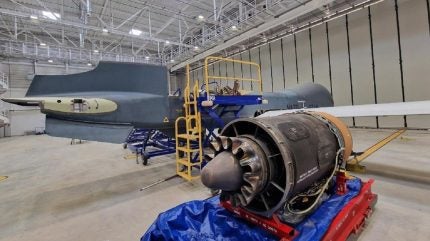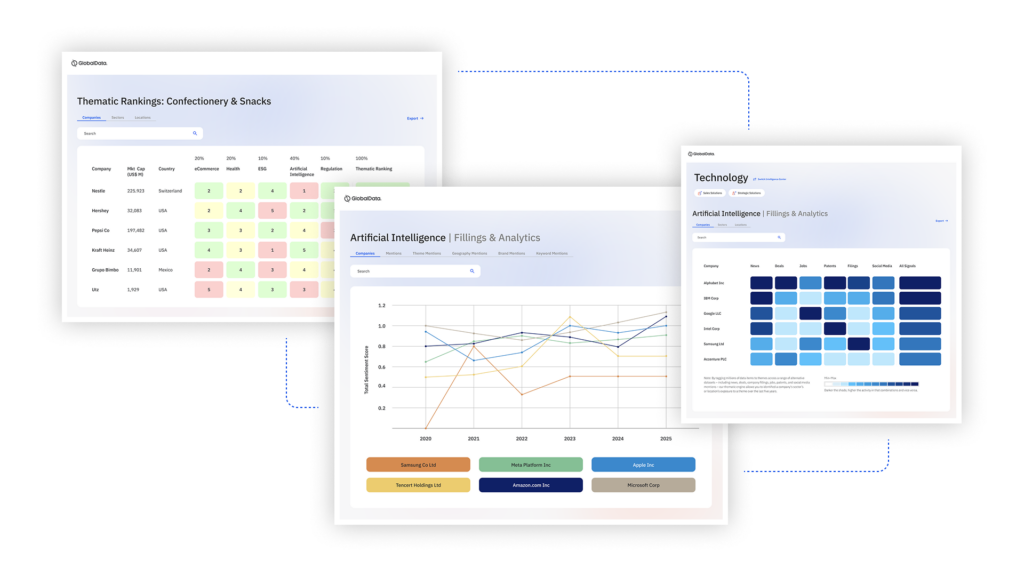
Technicians at Nato’s Intelligence, Surveillance and Reconnaissance Force (NISRF) have successfully replaced the engine powering one of its RQ-4D remotely piloted aerial systems (RPAS) for the first time at its Main Operating Base in Sigonella, Italy.
Originally delivered to the service at the end of 2019, the RQ-4D – also designated the ‘Phoenix’ – is a high-altitude, long-endurance RPAS designed by the US defence prime Northrop Grumman. It provides airborne ground surveillance for Nato member states.
Given the fragile security environment, NISRF’s Phoenix fleet, of which there are five systems, provide a crucial ISR role in collecting vital intelligence for the military alliance. The programme involves 15 nations, including the Czech Republic, Denmark, Bulgaria, Germany, Italy, Latvia, Estonia, Luxembourg, Norway, Lithuania, Poland, Romania, Slovakia, Slovenia and the US.
Aircraft engines have a limited service life and with the appropriate maintenance, an aircraft engine can run for several years. NISRF’s five aircraft are powered by the Rolls Royce AE 3007H turbofan engine with around 3,500 horsepower.
“The successful engine change by our NISRF team in Sigonella marks a significant milestone for our Force.” said Brigadier General Andrew Clark, NISRF Commander. “This complex operation showcases the expertise and dedication of our technicians, ensuring the continued operational readiness of our aircraft. Their hard work and professionalism are a testament to the capabilities of NISRF.”
A reliable and operational fleet is essential for NISRF to fulfil its mission of providing high-quality intelligence products to Alliance decision-makers and member nations at the speed of need. This successful engine change supports readiness of the NISRF RQ-4D aircraft to execute missions for the alliance.

US Tariffs are shifting - will you react or anticipate?
Don’t let policy changes catch you off guard. Stay proactive with real-time data and expert analysis.
By GlobalDataThe RQ-4D is a modified version of the US Air Force’s (USAF) RQ-4 Block 40 Global Hawk. The modifications were executed to meet the specific Nato requirements.



